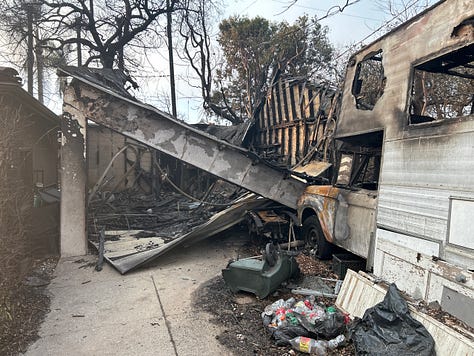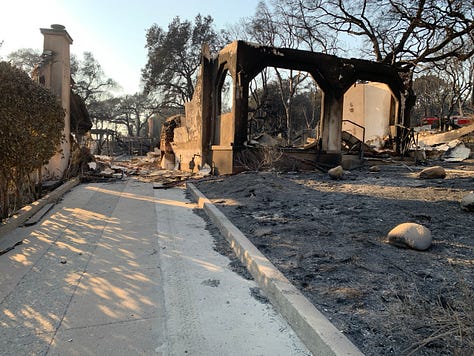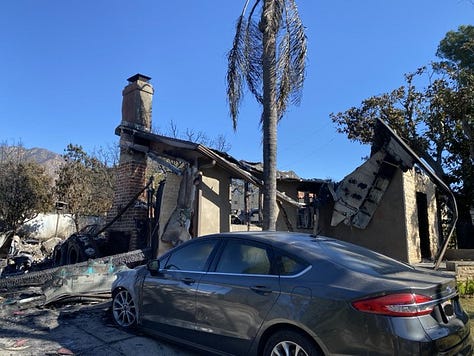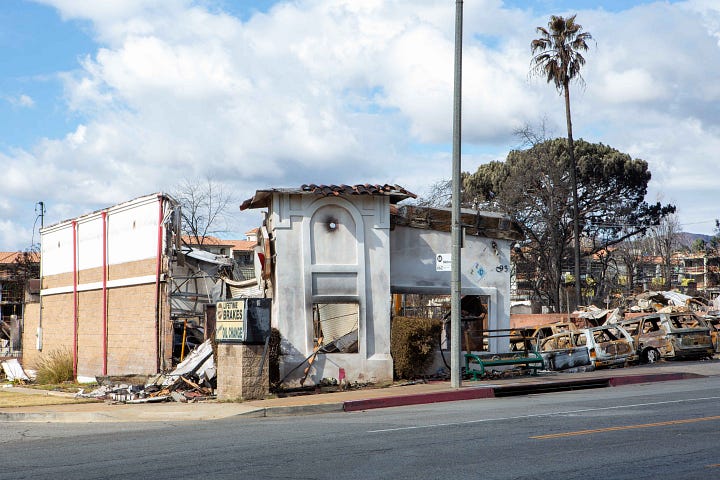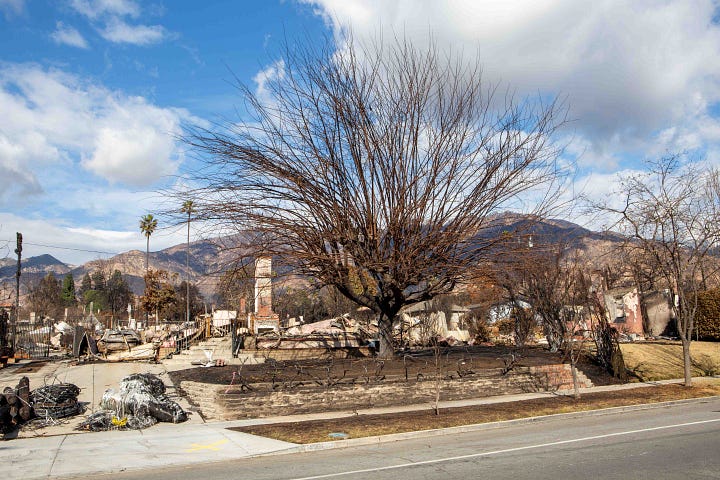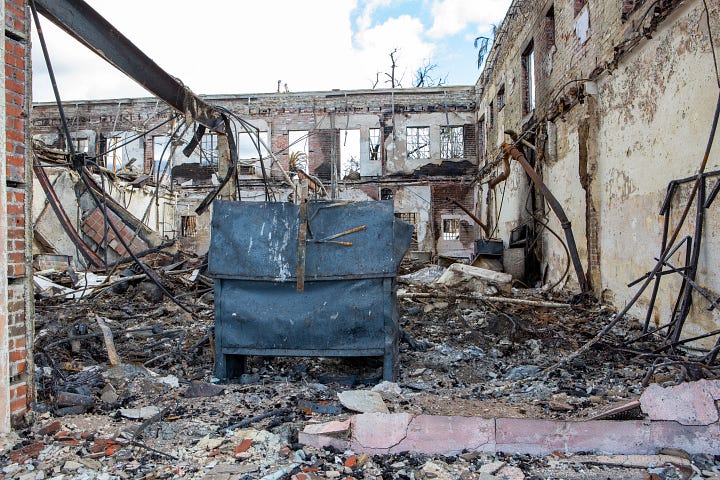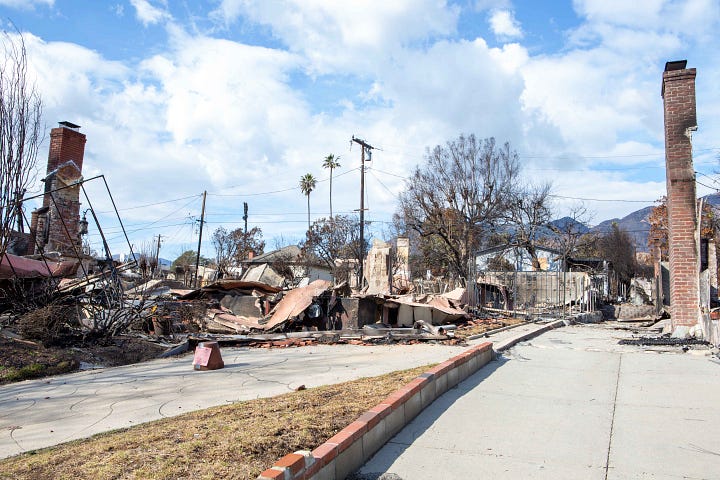Bob Douglas’s jazz photography has, in the words of Dr. Deborah Willis, an “animated energy.” His style, she says, is “close-up and expressive.” This month, we invite you to browse 100 black-and-white transparency slides by Douglas publicly available in our library digital collection. The January fires in Los Angeles also prompt us to show you a sample of the fire photographs by photographers Guy Crowder and Charles Williams and images documenting the devastation of the Eaton Fire by the CAL FIRE Damage Inspection team and by our historian and archivist, Keith Rice. We will be working on a project that visually documents the devastation and the impact on Altadena’s African American community, as pointed out by a report by the Ralph E. Bunche Center at UCLA.
Bob Douglas’s Jazz Photography
By Keith Rice

The Tom & Ethel Bradley Center has made the jazz photographs of Robert “Bob” Douglass available to students, faculty, and the public at the University Library digital collections. The Bradley Center digitized 100 of the only known black-and-white transparency slides from Douglas’s 50-year career.
Douglas captured world-famous jazz musicians such as Charlie “Bird” Parker, Ella Fitzgerald, Thelonious Monk, and Billie Holiday during performances and intimate moments of relaxation. Douglas’s relationship with his subjects went beyond just professional. He was also a friend, admirer, and fan as well.
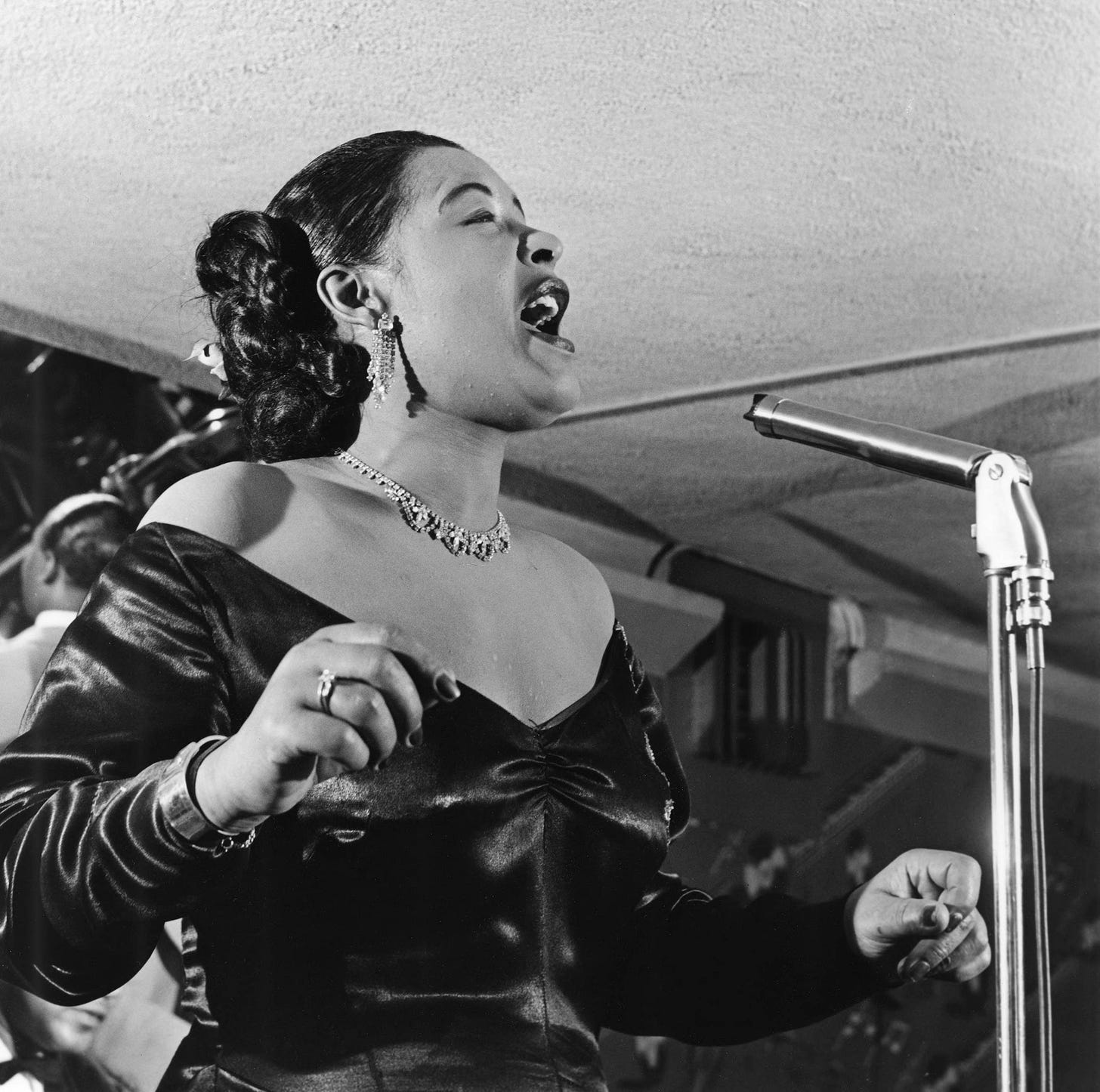
Douglas began his career as a photojournalist in 1943 in his hometown of Detroit, Michigan. He worked in the Detroit office of the Pittsburgh Courier and for the Michigan Chronicle covering social events, sports, fraternity dances, and a variety of local events. Still, his love for jazz led him to photograph local and national jazz artists performing in Detroit.
In 1948, Douglas relocated to Los Angeles, California. During a return visit to Detroit, he stopped in Chicago and met with John Johnson, founder and publisher of Ebony and Jet magazines. Douglas started freelancing for Ebony in Los Angeles in addition to working for the California Eagle and the Los Angeles Sentinel, both local Black-owned weekly newspapers.

During his career, Douglas identified himself as a photojournalist, not a jazz photographer. Documenting jazz musicians was a labor of love driven by his passion for the music and its creators. It was more than a hobby. The camera lens was an extension of his eyes, allowing us to see each subject as Douglas did. Unfortunately, only 100 images taken by Bob Douglas are known to exist. Fortunately, they will exist in perpetuity at California State University, Northridge.
Design for Disaster, Part 2
By José Luis Benavides
Last month’s fires in Pacific Palisades and Altadena were a reminder of how vulnerable Los Angeles is to the combination of fire and hurricane-like winds from the desert and a preview of how climate change will continue impacting Southern California. Elizabeth Kolbert has a brief and insightful piece in the New Yorker about the history of the fires in the region, including what was known as the Bel Air Fire, which destroyed 484 homes, including the homes of Hollywood celebrities. In the fire aftermath, the LA Fire Department produced the documentary “Design for Disaster,” easy to find on YouTube.
Being a city with many talented photographers, these January fires have been extensively documented in the press today. For past images, we showcase in this newsletter a few photographs from the Bradley Center collections of the work done by African American photographers, as their pictures see the same fires through a lens that highlights African American firefighters and neighborhoods.

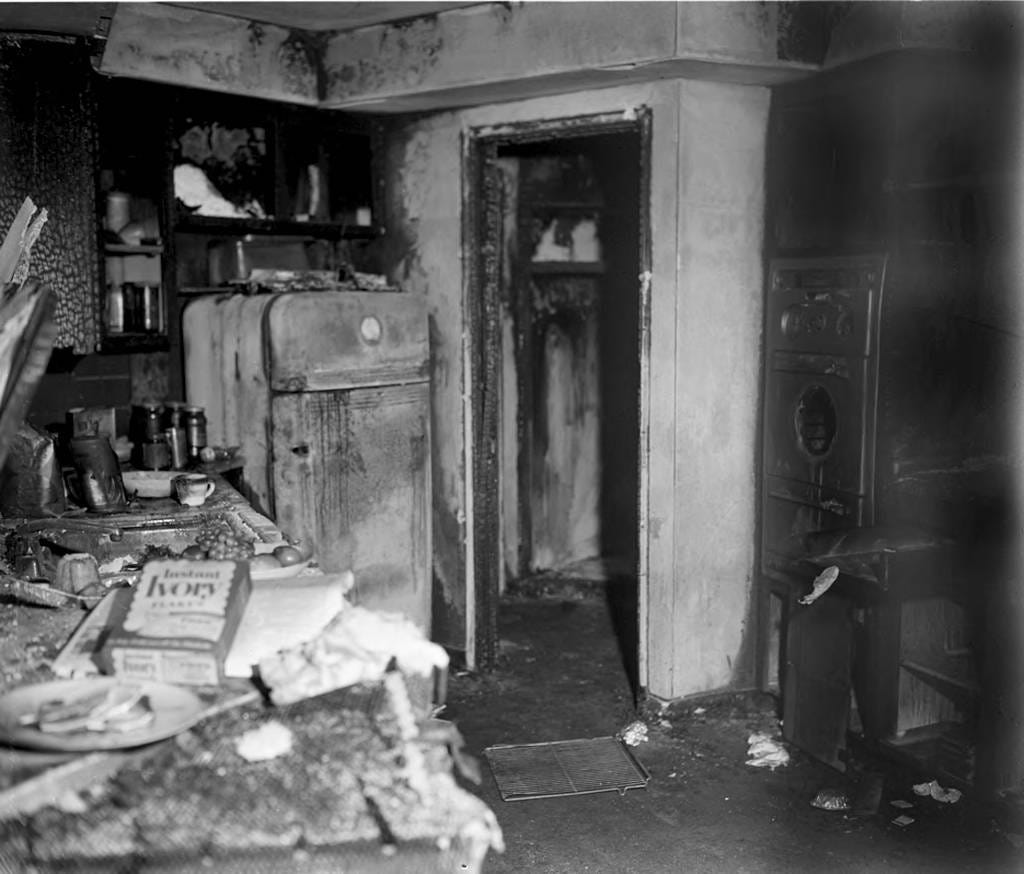
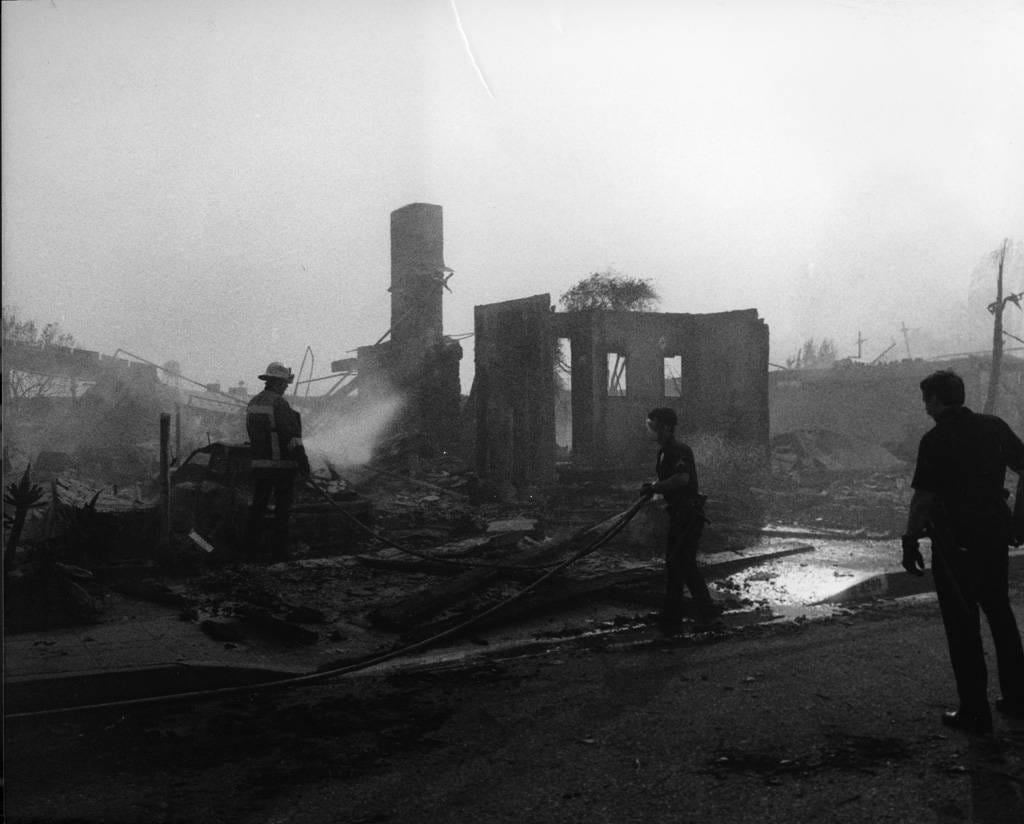
Documenting fire devastation and aftermath
The Los Angeles County’s recovery website includes maps of the CAL FIRE Damage Inspection (DINS) database showing the damage caused by the fires to each structure in the fire area. These maps include at least one photo of the damaged or destroyed structure. You can interact with the map of the Eaton Fire, for example, here. Below is a photo gallery of the Eaton Fire area included in those maps and a photo gallery with images taken by our historian and archivist, Dr. Keith Rice, who couldn't wait to get the camera and start documenting the fire damage and its immediate aftermath.



